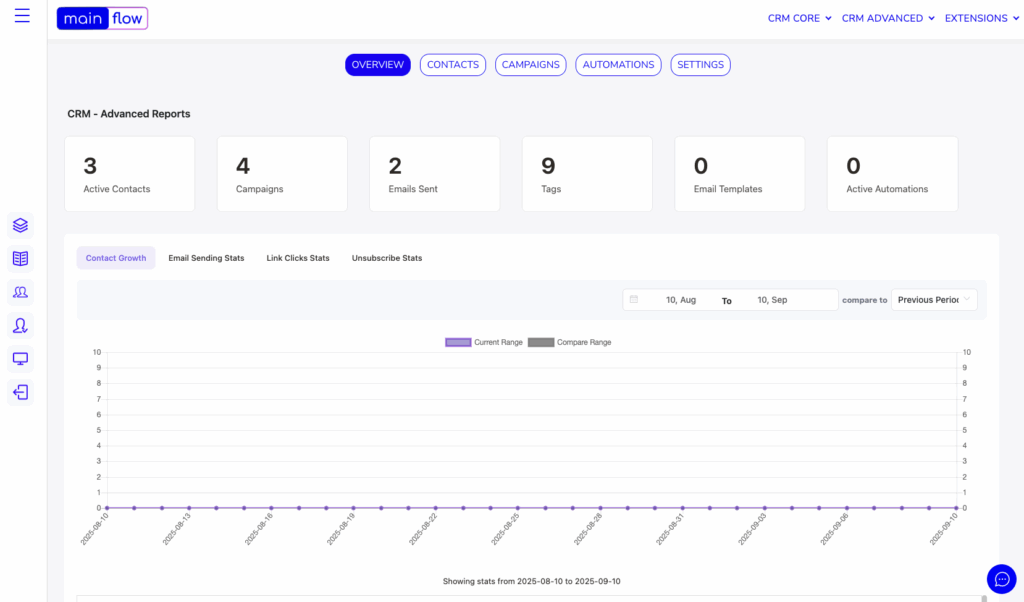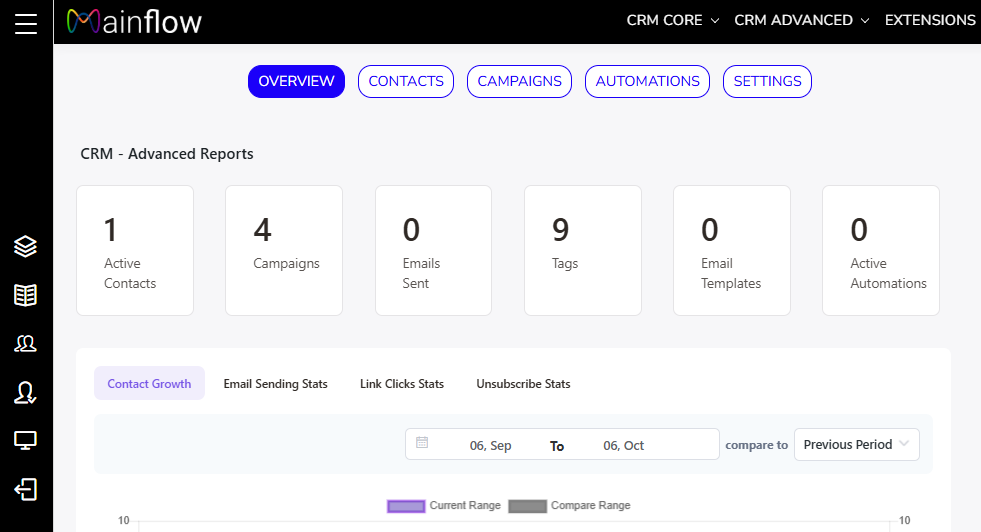10 Essential Email Marketing KPIs You Must Track to Boost ROI
People can manipulate opinions, but numbers never lie.
That’s why mastering your email marketing KPIs is the key to understanding, improving, and scaling your campaigns. Without analyzing the right metrics, you’re essentially flying blind — making it harder to optimize performance and achieve the results you want.
While click rate and click-through rate (CTR) often get the spotlight, there are several other equally important email marketing performance indicators that reveal the true health of your campaigns.
In this guide, we’ll break down the most important KPIs in email marketing, why they matter, and how you can track them to increase engagement, conversions, and ROI.
What Are Email Marketing KPIs?
Key Performance Indicators (KPIs) are measurable values that show how effectively your email campaigns are performing.
In email marketing, KPIs provide insights into:
- Whether your emails are being opened
- How many recipients are clicking links
- Which emails lead to conversions
- And where you may be losing subscribers
By analyzing these numbers, marketers can quickly see whether their campaigns are on track or need adjustments.
⚠️ Pro tip: Never rely on a single metric. To get a complete picture, always analyze at least 4–5 KPIs together.
And if you want a simplified way to track all these numbers, using a marketing automation tool like Mainflow can help you get a 360-degree view of your campaigns directly inside the dashboard.

The Top 10 Email Marketing KPIs You Should Track
1. Open Rate
- What it is: The percentage of recipients who opened your email.
- Why it matters: Helps evaluate subject line effectiveness and list quality.
- Formula: (Emails opened ÷ Emails delivered) × 100
2. Click Rate
- What it is: The percentage of recipients who clicked a link in your email.
- Why it matters: Measures how engaging your content and CTAs are.
- Formula: (Clicks ÷ Emails delivered) × 100
3. Click-Through Rate (CTR)
- What it is: The percentage of recipients who opened your email and clicked a link.
- Why it matters: Shows how compelling your email body content is.
- Formula: (Clicks ÷ Emails opened) × 100
4. Conversion Rate
- What it is: The percentage of recipients who completed your desired action (signup, purchase, etc.).
- Why it matters: The ultimate metric that shows campaign success.
- Formula: (Conversions ÷ Emails opened) × 100
5. Unsubscribe Rate
- What it is: The percentage of recipients who opted out of your list.
- Why it matters: Indicates list health and whether your messaging resonates.
- Formula: (Unsubscribes ÷ Emails delivered) × 100
6. Bounce Rate
- What it is: The percentage of emails that couldn’t be delivered.
- Why it matters: High bounce rates signal list quality issues.
- Formula: (Bounced emails ÷ Emails sent) × 100
7. ROI (Return on Investment)
- What it is: The revenue generated compared to the cost of your email campaign.
- Why it matters: The ultimate business metric to justify spend.
- Formula: ((Revenue – Campaign cost) ÷ Campaign cost) × 100
8. List Growth Rate
- What it is: The rate at which your email list is growing.
- Why it matters: A growing list = more opportunities for conversions.
- Formula: ((New subscribers – Unsubscribers) ÷ Total subscribers) × 100
9. Email Sharing/Forwarding Rate
- What it is: The percentage of recipients who shared or forwarded your email.
- Why it matters: Indicates how valuable or share-worthy your content is.
- Formula: (Shares ÷ Emails delivered) × 100
10. Spam Complaint Rate
- What it is: The percentage of recipients marking your email as spam.
- Why it matters: A high complaint rate can hurt deliverability and brand trust.
- Formula: (Spam complaints ÷ Emails delivered) × 100
Which Email KPIs Are Most Important?
The truth is, no single KPI tells the full story.
- If you want to measure deliverability, focus on open rate, CTR, and bounce rate.
- To measure engagement and effectiveness, track conversion rate and ROI.
- To monitor list health, keep an eye on unsubscribe and spam complaint rates.
- To gauge growth potential, analyze list growth and sharing rate.
👉 The best approach? Define your business goals first and track 3–5 KPIs that align directly with them.
Final Thoughts
Tracking the right email marketing KPIs will help you make data-driven decisions, improve your campaigns, and generate more revenue.
Instead of guessing what works, let the numbers guide you. And if you’re looking for an easy way to manage all these KPIs, Mainflow gives you powerful marketing automation inside your WordPress dashboard — making performance tracking simpler than ever.
